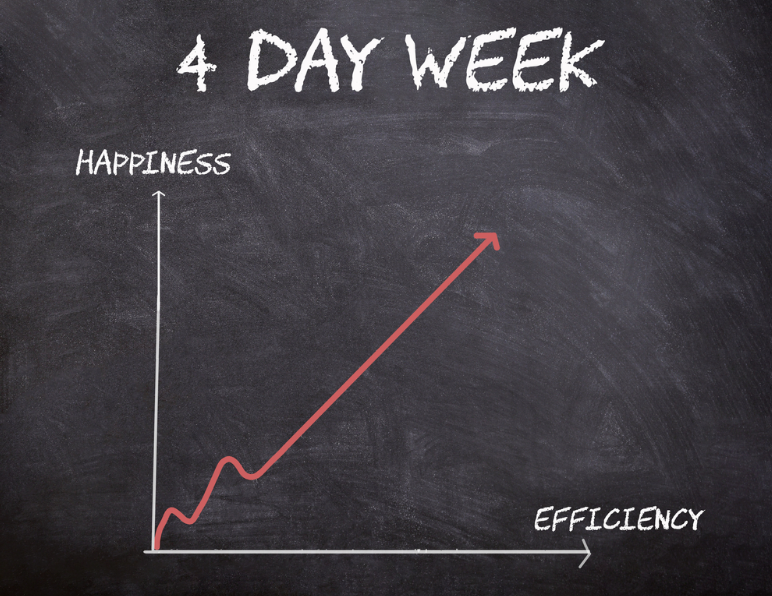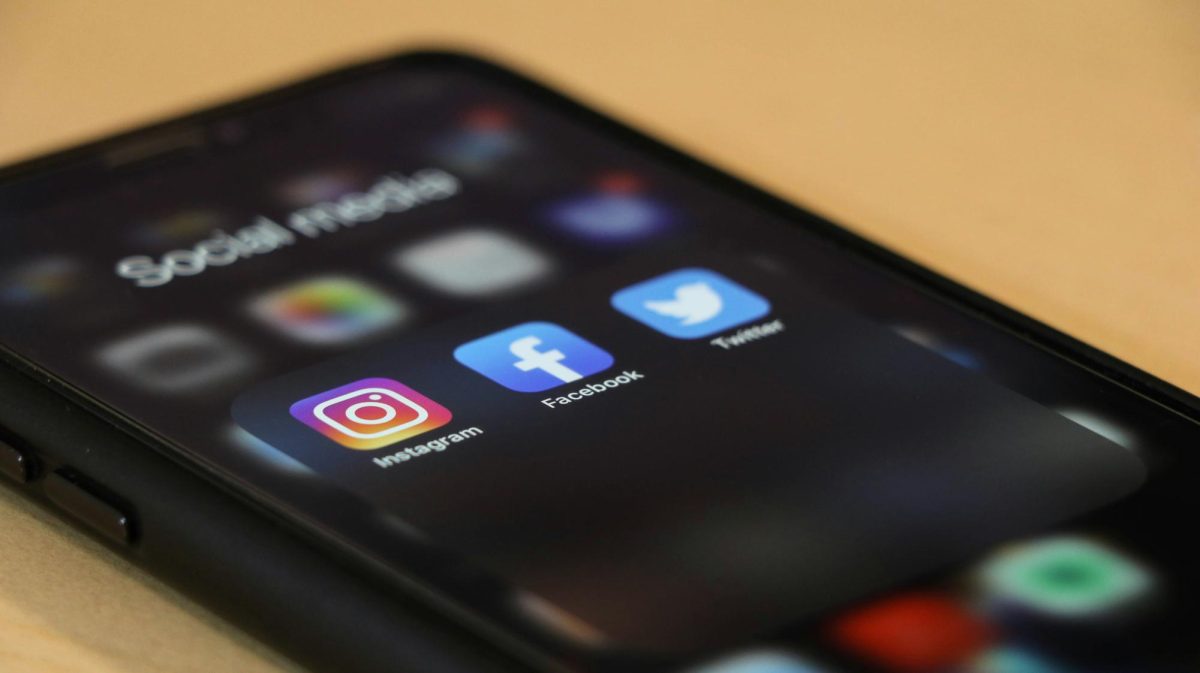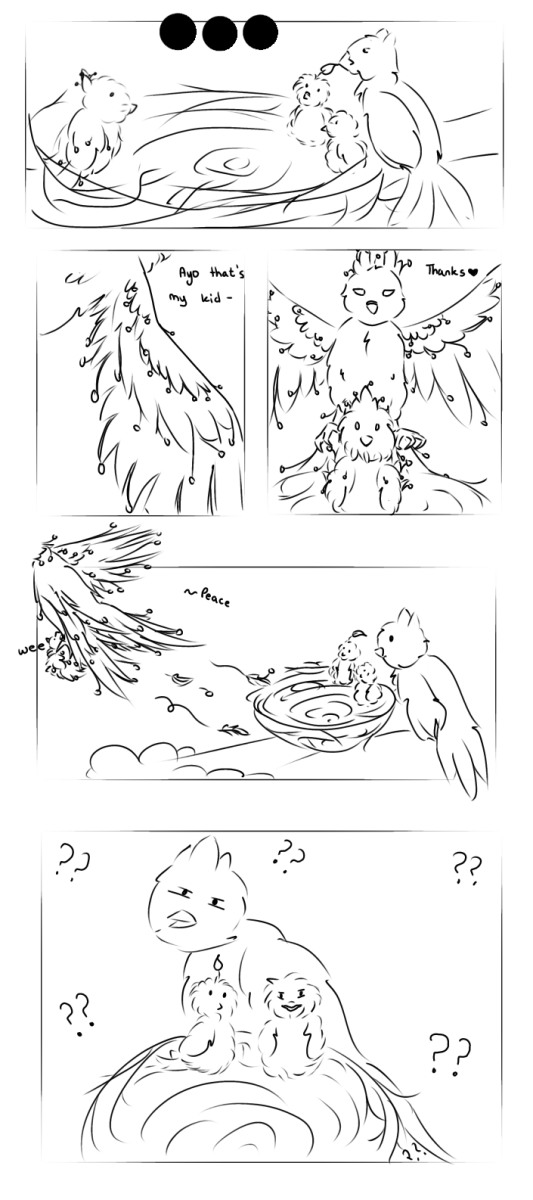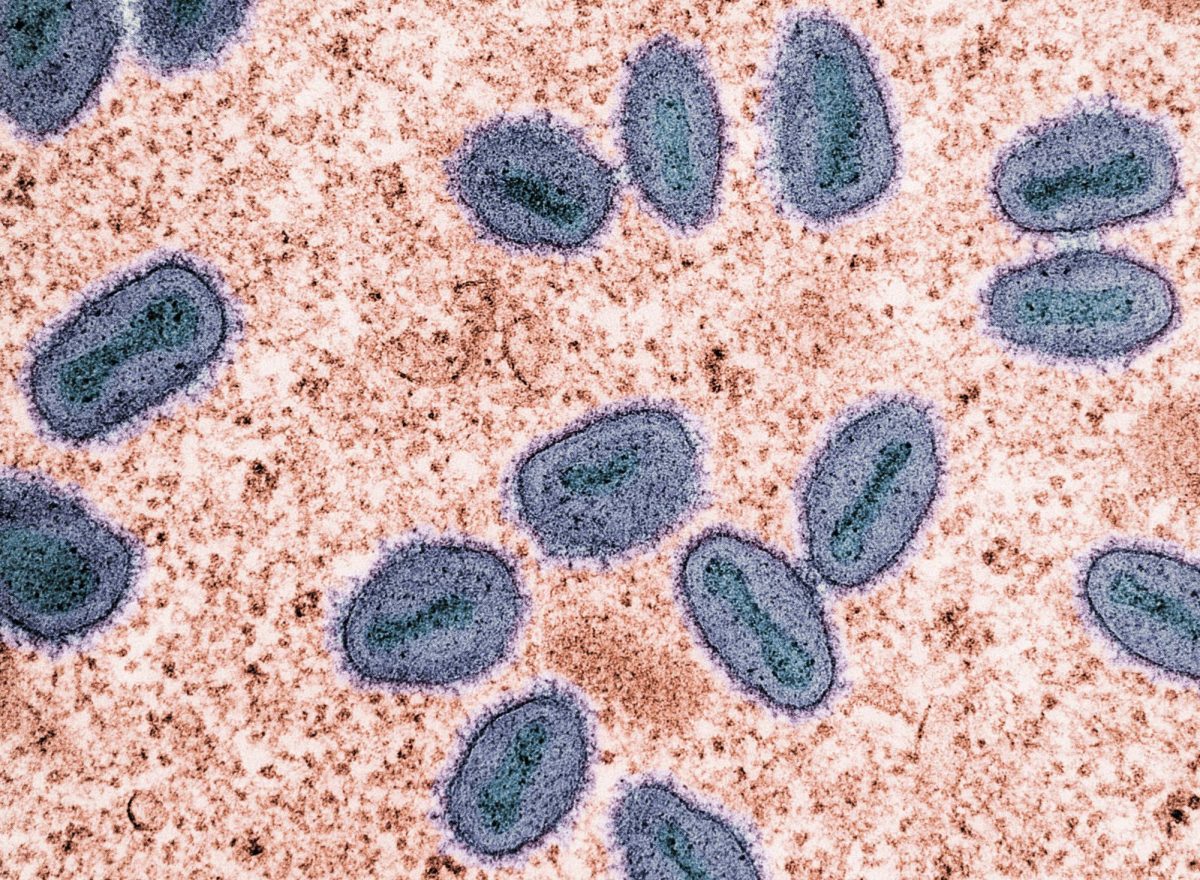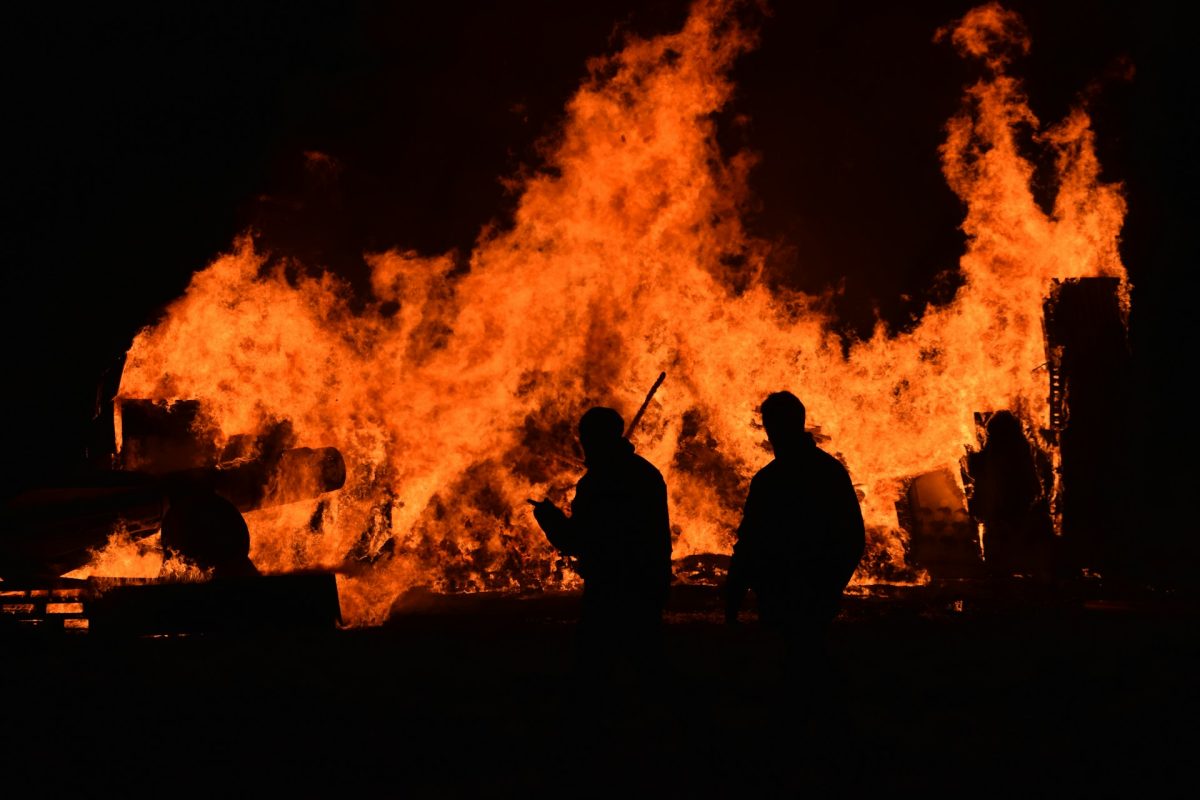The World Health Organization (WHO) declared monkeypox, an ongoing outbreak, as a global health emergency in response to the increase in cases reported. Currently, over 70 countries have reported cases, affecting thousands of people. Here’s what you need to know about the virus, its symptoms and what this means for global health efforts.
Monkeypox is an infection that contains a virus that is extremely similar to smallpox. Monkeypox was first discovered in 1958 through laboratory monkeys, which is where the name developed from. In 1970, the first human case of monkeypox was reported and confirmed. The virus is mostly affected in Central and West Africa because of rodents that were infected in that area. In 2022, the infectious virus started to spread faster and became a global outbreak, and now, in 2024, it has made its return once again.
There are two different types of monkeypox. Clade 1 is the current rise of cases in central and Eastern Africa. The first clade caused higher numbers in severe illness and in 2022, 10% of the people died from it. In 2024, only 1-3.3% of people have passed away due to clade 1 as of August. Clade 2 is less commonly received but it did cause the global outbreak in 2022. The infections for clade 2 are less severe than clade 1 and more than 99.9% of people who contract it survive. Unlike clade 1 which was born in Eastern Africa, clade 2 is endemic to West Africa.
Monkeypox was declared a global health emergency because it started to spread quicker and quicker across the countries via personal and close contact. It was declared a global emergency in May 2023 and hasn’t gone away since. Last year 15,600 cases of monkeypox were reported and approximately 537 people ended up passing away.
There are many ways that monkeypox can be spread. The main reason is close contact and personal touch. Infected animals can also give their monkeypox clade to a human. People can get infected if they do not wash objects such as bedding, clothes, or towels at least once a week. Intimate contact is a common way that monkeypox is spread as well. When animals are hunted or trapped, there is a good chance that the animal is infected with monkeypox due to other animals, nature, and more. Although animals can get monkeypox, it is just as common for humans to get it, so be aware.
The most common symptom and concern are rashes, normally found on your hands or face, but can also be found on your legs or stomach. If you find a rash, see a medical professional who can get you tested for monkeypox and other viruses. The normal incubation period for rashes is 3-17 days. Other symptoms that come with the rash are fever, chills, exhaustion, muscle aches, backaches and headaches. Symptoms last for 21 days at most, and rashes last for 1-4 days. If they last longer, contact your healthcare provider.
Although there is a vaccine called JYNNEOS, it is only available for adults 18 years or older. JYNNEOS is a two-dose series, which means you need a second dose for it to fully work and the second dose must be at least 28 days after your first dose. For at home treatment or for people under the age of 18, you can take warm baths to relieve some of the pain. You should also keep the rash clean and uncovered. In addition, you can use an FDA approved antiviral drug called tecovirimat which was originally made for smallpox viruses.
To avoid receiving monkeypox, avoid close contact with people who have monkeypox related symptoms and rashes. You should also avoid animals who may have monkeypox and to isolate the person who has monkeypox away from others. You should always wash your hands with soap and water, but it is especially recommended to wash your hands before every meal or use hand sanitizer.
In the future, it is vital to remain vigilant and proactive. Professionals say that with more testing and vaccinations, monkeypox can be contained. As for now, take control if you start to develop symptoms as fast as possible. As the world continues to recover from COVID-19, stay safe.
Sources:







